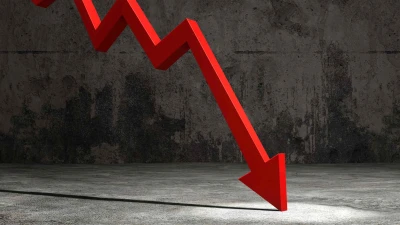Over $700m Aussie flows withdrawn from equity funds



Calastone has found that 2023 was the first year since 2019 that Australian investors were net sellers of equity funds.
The global funds network has observed “massive sentiment shifts” away from equities, particularly in the Australian market.
Australian investors withdrew $724 million in capital from the asset class in 2023, marking the first year they were net sellers of equities since Calastone began recording local flows in 2019.
“Despite global and Australian equity markets performing well in the first half of 2023, investors only added cautiously between January and April, becoming net sellers for the rest of the year once the artificial intelligence-fuelled tech rally lost steam and bond markets began to price rate cuts,” said Marsha Lee, Australia and New Zealand head of Calastone.
“Even strong markets in December were not able to tempt inflows,” she added.
Across the globe, a significant US$7.1 billion (AU$11 billion) flowed out of equity funds in 2023. This was the second consecutive year of global net outflows for the asset class, which Calastone described as “certainly unusual”.
However, this was “significantly better” than the US$13.3 billion of equity outflows recorded in 2022, the firm noted.
Passive funds also saw a resurgence in 2023, which attracted US$20.1 billion of inflows while active funds lost US$27.2 billion.
Last month, Perpetual chief executive Rob Adams said: “The December quarter was a difficult period for active asset managers globally, being the worst quarter in 15 years for active equity fund flows.”
The asset manager also reported $4.3 billion in outflows from its asset management division in the last quarter to 31 December.
Bonds back in favour
While equities and active funds have been through a tough period, Calastone’s report found that Australian investment in fixed income funds were up fivefold in 2023.
Lee explained: “While geopolitical uncertainty hangs heavy, the promise of higher yields and a favourable capital appreciation outlook proved irresistible around the world.
“Australian investors have shown a very high conviction in fixed income funds, bucking the outflow trend in 2022, and ramping up investment fivefold in 2023 to U$3.1 billion.”
The asset class welcomed strong gains towards the end of 2023 following a turbulent few months, as economies anticipated peaking interest rate cycles with central banks signalling less hawkish stances.
Recommended for you
Commentators have said Australian fund managers are lacking in-depth knowledge compared with overseas peers when it comes to expanding their range with ETFs and underestimating the competition from passive strategies.
VanEck is to list two ETFs on the ASX next week, one investing in residential mortgage-backed securities and the other in Indian companies.
Perpetual outflows have risen by 134 per cent from the previous quarter as the result of client mergers and rebalancing including $2.5 billion in outflows at Pendal Asset Management.
ClearBridge Investments has expanded investor access to its global infrastructure investment strategies through the launch of three active ETFs on the ASX.















